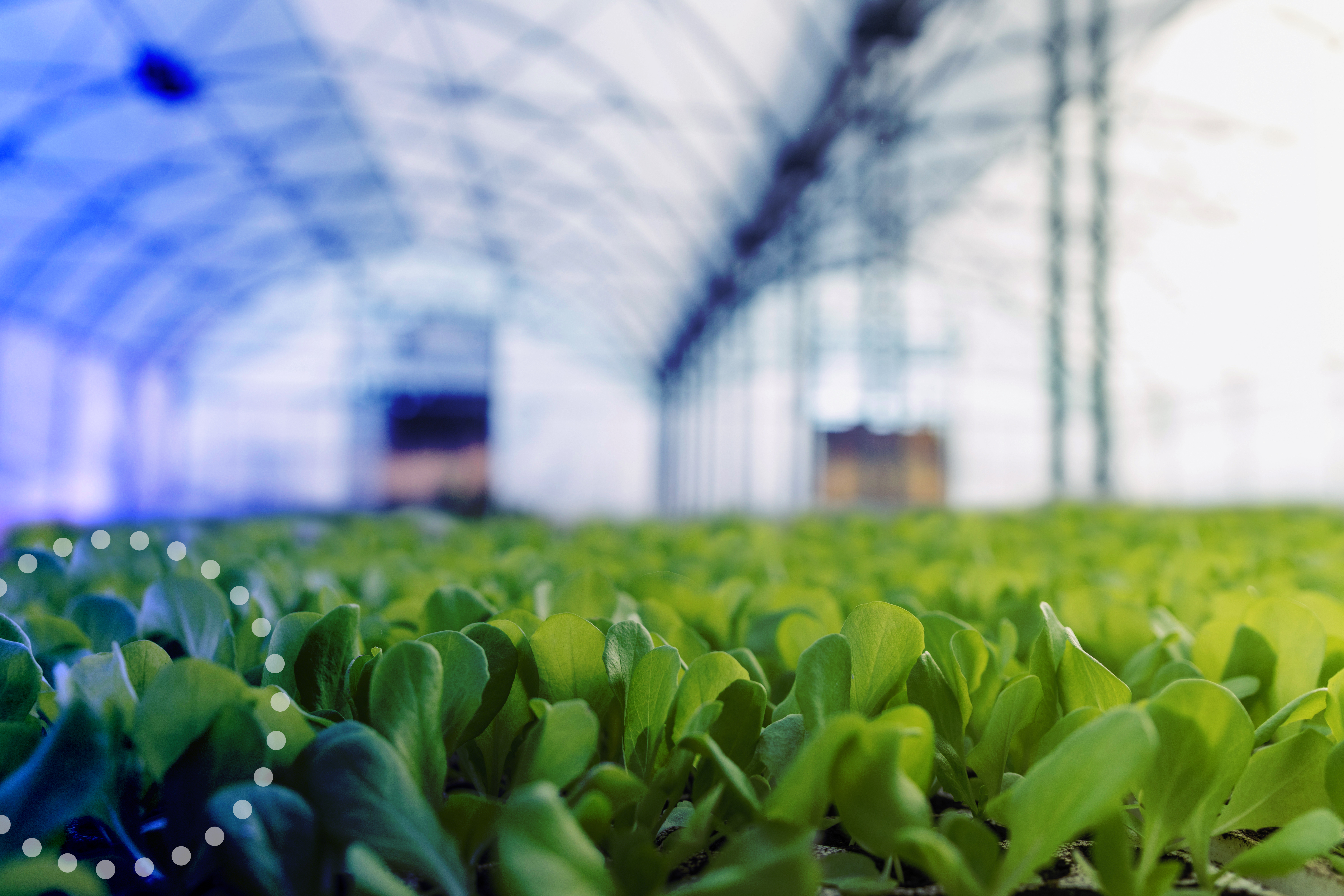Is indoor farming actually sustainable?
Julia Kurnik // Director of Innovation Startups at World Wildlife Fund and Eric Ellestad // VP of Research and Development at 80 Acres Farms take on this vital question.
On-Demand
Now available as an on-demand recording for the next 120 days.

EXPERTS WEIGH IN
Is CEA attainable and profitable?
We take an in-depth look at WWF’s CEA report and predict what growers need to succeed in the future of indoor, soilless agriculture.

GROWING IN THE REAL WORLD
How do we optimize energy use and labor costs?
Julia and Eric unpack and discuss the hurdles and opportunities to make your operations more resource-efficient, sustainable, and profitable.

Julia Kurnik
As the Director of Innovation Start-Ups at World Wildlife Fund, Julia works to identify innovative trends and evolving global market issues and to strategize and develop entrepreneurial solutions to major sustainability concerns. In her career, Julia has founded her own urban, soilless farming system and advised numerous young and growing companies on business strategy and growth plans. She designed and now teaches in the Rutgers University Social Entrepreneurship program and is currently an adjunct professor at Rutgers Business School. Julia has also served in research and policy leadership roles with the National Women’s Business Council and Hart Research Associates.

Eric Ellestad
As Vice President of Research and Development for 80 Acres Farms, Eric is an indoor farming pioneer focused on scalable technologies. 80 Acres operates eight indoor farms across the United States, growing fresh-picked salads, tomatoes, cucumbers, and microgreens at 300X yield on less than 1% of the land used by traditional field farming. After working with his family-owned manufacturing company and refrigerated semi-truck trailers, Eric focused his attention on developing climate-controlled growing systems. Eric co-founded Local Roots and studied Supply Chain Management and Technology Commercialization at USC Marshall School of Business.
What you’ll learn
Resource Efficiency
Create a more sustainable business model by re-evaluating indoor cultivation requirements.
Water vs. Power
Balance utility demand, costs, and sustainability wins to gain savings and address increased power use.
Stranded Assets
Understand how abandoned infrastructure and community resources can grow your business.
Profit vs. Planet
Build your bottom line and brand loyalty with environmental stewardship.
Fewer Food Miles
Take fresh food to market faster leveraging public and private sector partnerships.
Automation and Design
Learn how systems integrations boost performance for your plants and people.